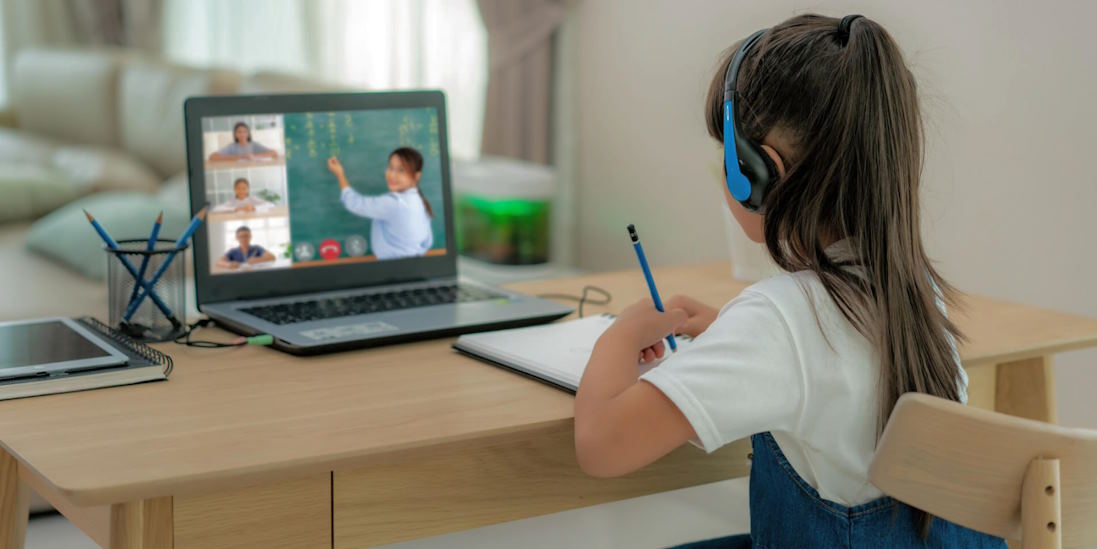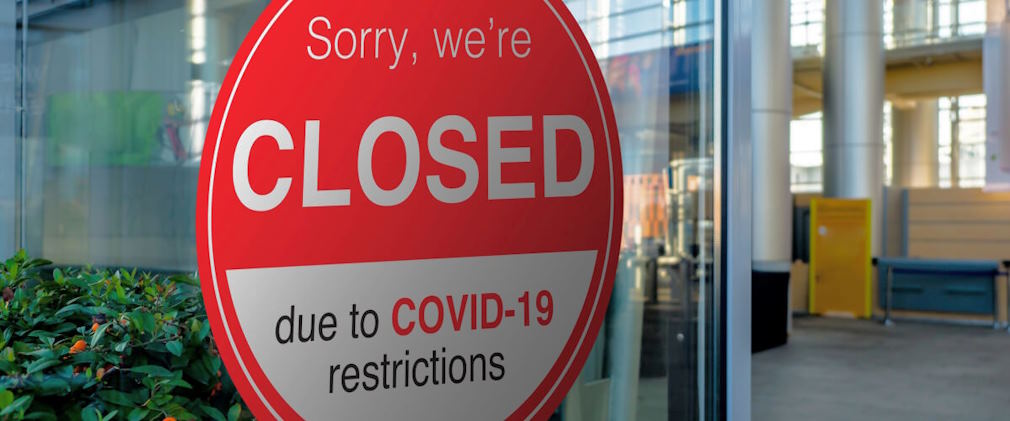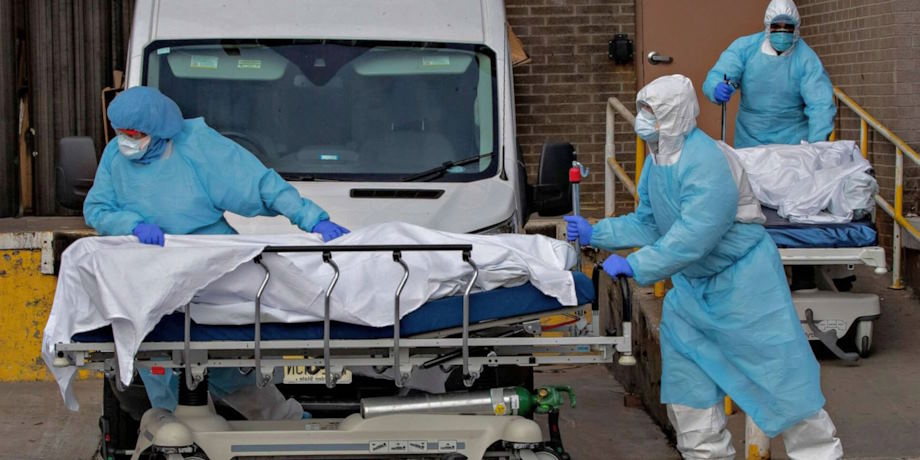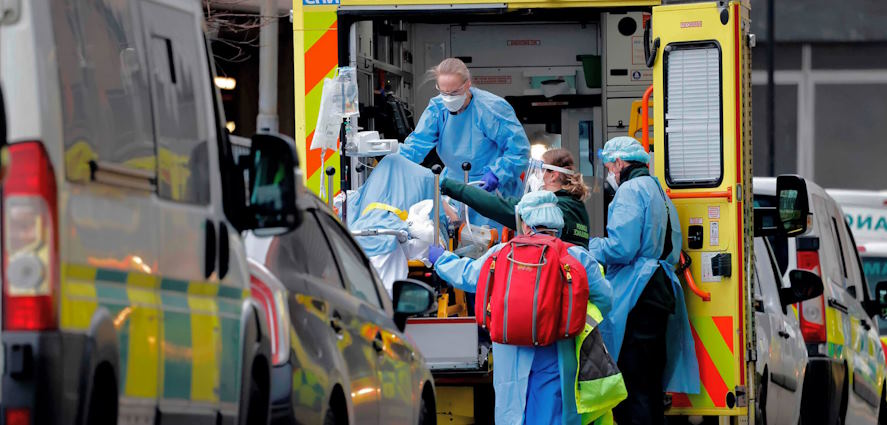It’s not a secret that the pandemic brought significant disruptions to various aspects of our daily lives, but perhaps none more profoundly affected than education. With the global closure of schools, colleges, and universities as a precaution to limit the virus’s spread, the field of learning underwent an unprecedented and rapid transformation. Remote and online education became the new standard, prompting a critical inquiry: “Did the quality of education suffer during COVID-19?”
Did the quality of education change during Covid-19?
The influence of COVID-19 on education is a complex and multifaceted issue. While it’s challenging to make a blanket statement about whether education became “worse” during the pandemic, we can consider various aspects of the education system’s response to the crisis:
Transition to Remote Learning
The sudden transition to remote learning was a monumental shift for students, teachers, and educational institutions worldwide. It entailed a rapid change from traditional in-person classrooms to digital learning environments. This shift brought several challenges to the forefront, primarily revolving around the necessity for technology and internet access. Not all students and educators were equipped with the required devices and reliable internet connections, leading to disparities in access. Consequently, for some students and educators, this transition was difficult, impacting the quality of education.

Disparities in Access
The COVID-19 pandemic unveiled stark disparities in access to education. It became evident that not all students had equal opportunities to engage in remote learning. Students from disadvantaged backgrounds, including those from low-income households and marginalized communities, faced significant hurdles. The lack of access to necessary technology and reliable internet connectivity meant many students struggled to participate fully in online learning. These disparities in access exacerbated existing educational inequalities, as students with fewer resources were disproportionately affected.
Quality of Remote Education
The quality of remote education varied widely. Some educators successfully adapted to online teaching, while others struggled to maintain engagement and effective student learning experiences.
Impact on Student Well-being
Beyond the academic realm, the pandemic significantly impacted students’ mental health and overall well-being. The sudden shift to remote learning and the physical isolation resulting from lockdowns led to social isolation. Students missed the social interactions, peer relationships, and extracurricular activities integral to their emotional development. Uncertainty about the pandemic’s duration and its effects on daily life added to the stress and anxiety experienced by many students.
Challenges Faced by Teachers
Educators faced challenges in adapting their teaching methods to remote or hybrid models. Many teachers required training and support to navigate the digital learning landscape effectively.









